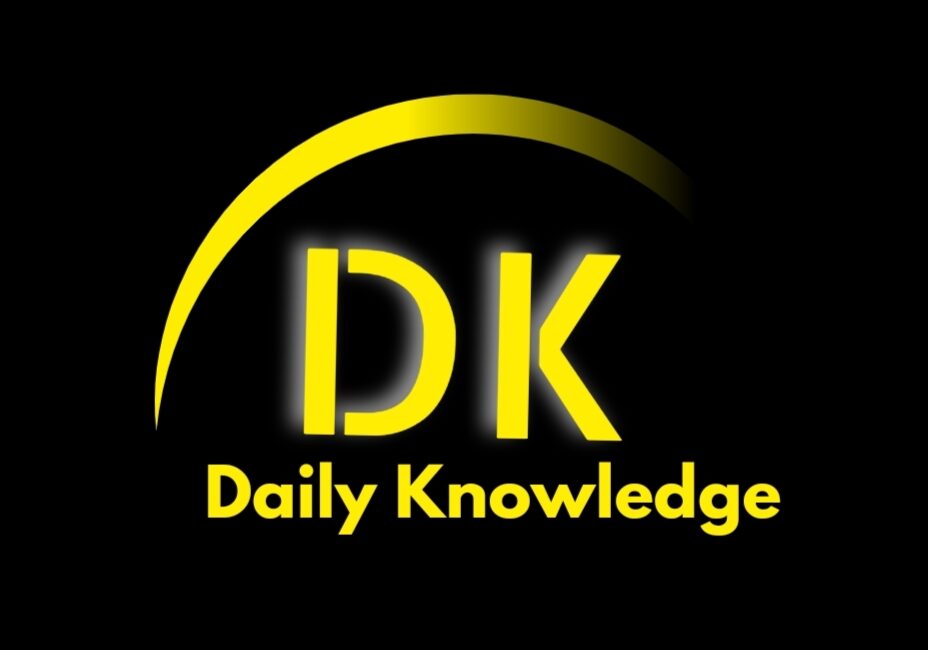Lisa, India’s first AI news anchor, is revolutionizing news broadcasting in Odia and English. Explore the impact of artificial intelligence on Indian journalism, the future of human news anchors, and the rise of AI technology in regional news. Stay updated on AI in Indian media with OTV Lisa—your guide to the digital transformation of news. Ai News Anchor Lisa: How Ai Is Revolutionizing Indian News & The Future of Human Anchors 2025.
What is an Ai news anchor?

An AI news anchor is a digital, computer-generated presenter powered by artificial intelligence, designed to deliver news stories in real-time on television or online platforms. Unlike virtual assistants or text-only bots, AI anchors utilize advanced technologies such as natural language processing, deep learning, and text-to-speech synthesis to replicate human speech, facial expressions, and gestures.
The media industry just witnessed a historic first: OTV in Bhubaneswar has unveiled Lisa, the first AI-powered news anchor to broadcast in Odia and English. This announcement marks a profound shift in how news could be delivered in the digital age. As newsrooms worldwide experiment with AI, a central question arises: Are human news anchors in danger, or is this simply an evolution of media?
Who Is Lisa? Meet India’s First Regional AI News Anchor in Odia and English

OTV Launches Lisa: India’s First Regional AI News Anchor in Odia and English
The launch of Lisa by OTV is a landmark event in the history of Indian media, marking the debut of the country’s first regional Ai news anchor. This pioneering initiative from Bhubaneswar’s Odisha Television Limited (OTV) is particularly significant because Lisa is designed to deliver news seamlessly in both Odia and English .
This dual-language capability is not just a technical achievement; it reflects a strategic approach to cater to a diverse audience within Odisha and beyond, significantly expanding the channel’s linguistic reach.
The image itself highlights this groundbreaking development, stating “First AI News Anchor, ‘Lisa’, Unveiled By OTV In Bhubaneswar, Will Deliver News In Odisha And English” .
What are the Features of Lisa Ai Anchor?
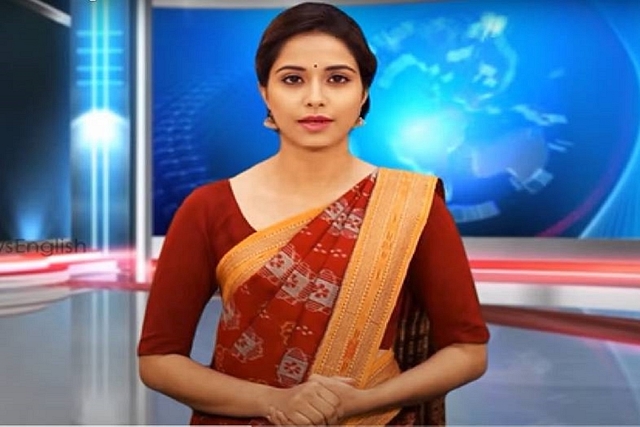
Developed by Odisha Television Limited (OTV), Lisa is not just a technological marvel; she represents a significant shift in how news can be delivered across diverse linguistic landscapes.
- Lisa’s multilingual capabilities, specifically in Odia and English, allow for wider dissemination of news, making information accessible to a larger demographic . This is crucial in a country like India with its rich linguistic diversity.
- AI anchors can operate 24/7, providing continuous news updates without the constraints of human working hours, ensuring that viewers always have access to the latest information.
- The consistency in presentation and voice across all broadcasts enhances viewer experience, providing a uniform and reliable source of news.
- OTV’s initiative demonstrates that cutting-edge AI technology is not exclusive to large, national broadcasters but can be successfully implemented by regional players. This sets a precedent for other regional media outlets in India to explore similar innovations.
- The development of AI anchors like Lisa involves sophisticated AI models, including advanced text-to-speech synthesis, realistic facial animation, and natural language processing, all working in tandem to create a lifelike news presenter.
- This move signals a broader trend where media organizations are investing in AI to streamline operations, reduce costs, and improve content delivery. The integration of such technology could redefine traditional newsroom structures and workflows.
- This innovation places OTV amongst a handful of broadcasters worldwide experimenting with AI news delivery, placing Odisha on the tech map in India.
Ai News Anchor in India 2025: Pros and Cons of Ai News Anchor
How does Lisa switch between Odia and English?
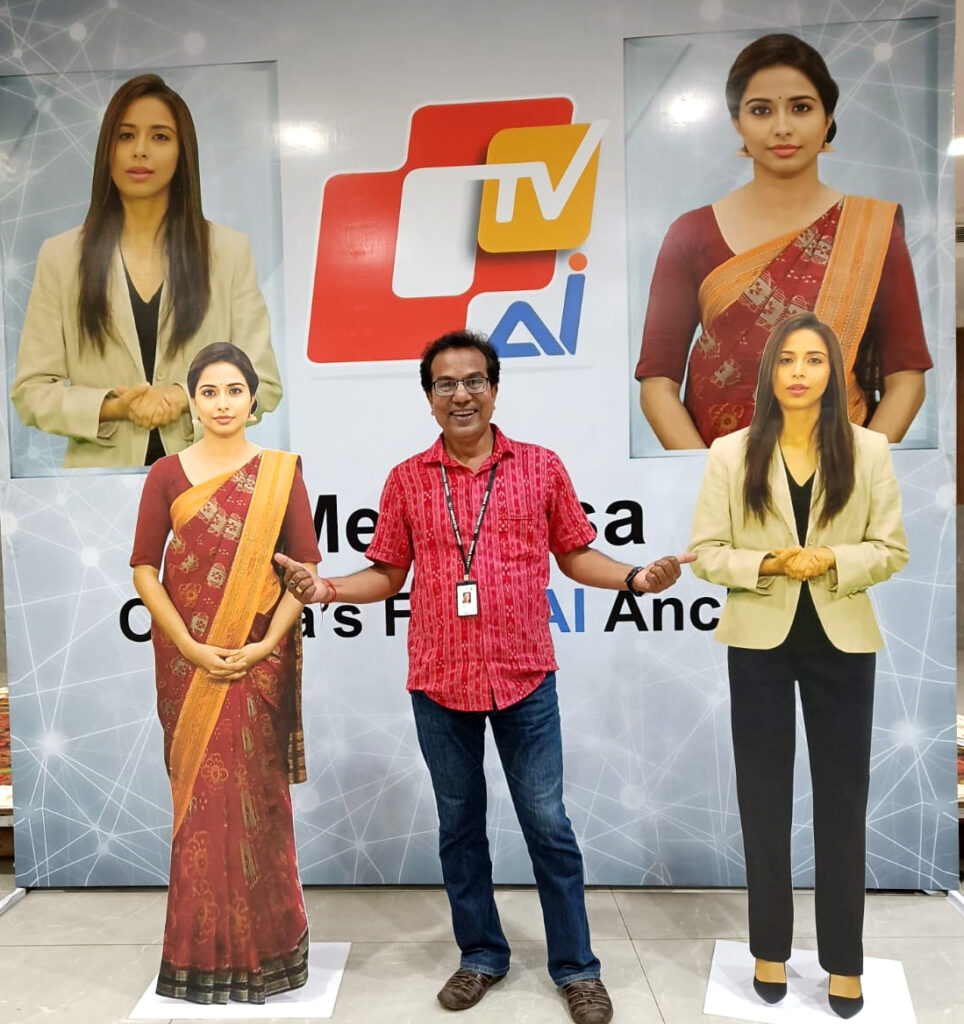
Lisa, OTV’s AI news anchor, demonstrates a breakthrough in multi-language news presentation, effortlessly switching between Odia and English. This capability is made possible by integrating sophisticated natural language processing (NLP) engines and multilingual text-to-speech synthesis.
- NLP algorithms convert written news content into spoken Odia and English, ensuring correct pronunciation and intonation in both languages.
- The AI platform is pre-trained on thousands of hours of audio-visual regional content, enhancing Lisa’s fluency and cultural relevance.
- Seamless transitions between languages allow her to cater to a wider demographic without the scheduling constraints of human anchors.
- Enables OTV to reach broader regional and national audiences.
- Sets a benchmark for inclusive news broadcasting in India.
Do viewers trust information presented by AI anchors?
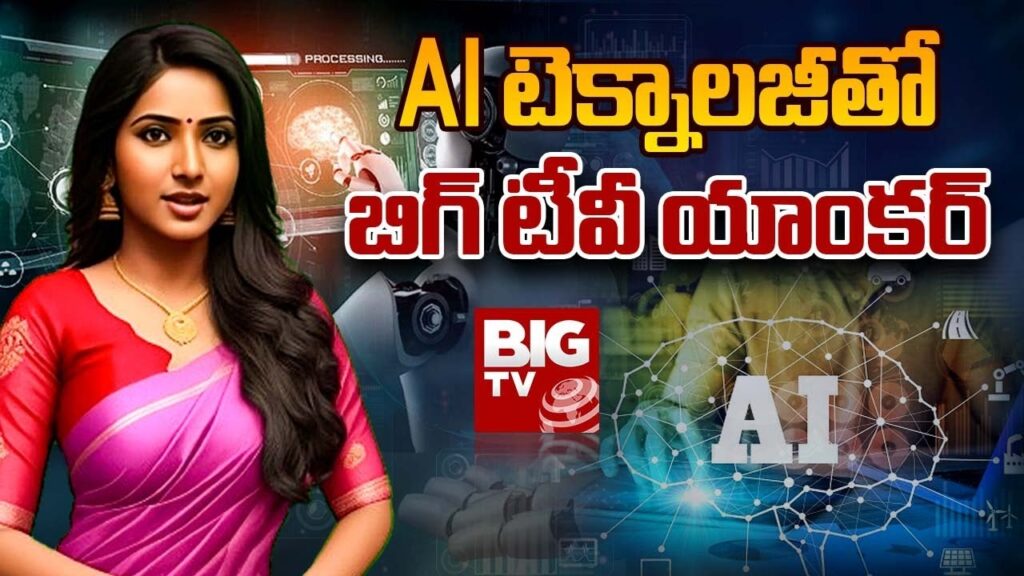
As AI anchors like Lisa become more common, viewer trust is a central issue in their acceptance and effectiveness.
Factors influencing trust:
- Perception of Authenticity: Viewers may be skeptical of an AI’s ability to independently verify facts or understand the gravity of sensitive news.
- Consistency and Accuracy: AI anchors deliver news with fewer factual and pronunciation errors, building a reputation for reliability in repetitive tasks.
- Transparency: Audiences are more accepting when broadcasters clearly communicate that the presenter is AI, fostering transparency and managing expectations.
Findings so far:
- Early studies in India and abroad suggest that while audiences find AI anchors impressive for their technical capabilities, many still prefer humans for their warmth and perceived accountability in high-stakes news situations.
- Over time, as technology matures and more viewers are exposed to virtual anchors, trust is likely to improve—especially for routine or data-driven segments.
Will Ai news anchors replace human news anchors completely?

The question of whether AI news anchors will replace humans is a prominent concern as more broadcasters adopt virtual presenters. While AI technology has revolutionized routine news delivery, human anchors still hold significant advantages.
Why Ai won’t fully replace humans:
- Emotional Intelligence: Human anchors excel at empathy, humor, and relatable storytelling—qualities difficult for AI to replicate authentically.
- Breaking News and Live Reports: Spontaneous, unscripted situations, especially field reporting and interviews, still require human adaptability and critical thinking.
- Editorial Judgment: Knowing how to frame sensitive issues and respond ethically is a uniquely human skill that AI cannot yet reproduce reliably.
Ai Anchor’s potential role:
- Great for repetitive tasks like hourly news, stock updates, and multilingual delivery.
- Complements humans by freeing up time for complex journalism.
The likely future is a hybrid model, where AI and human anchors work together, maximizing efficiency while retaining the trust and depth that only human journalists can provide.
The Future of News in India: AI News Anchor Lisa Debuts in Bhubaneswar
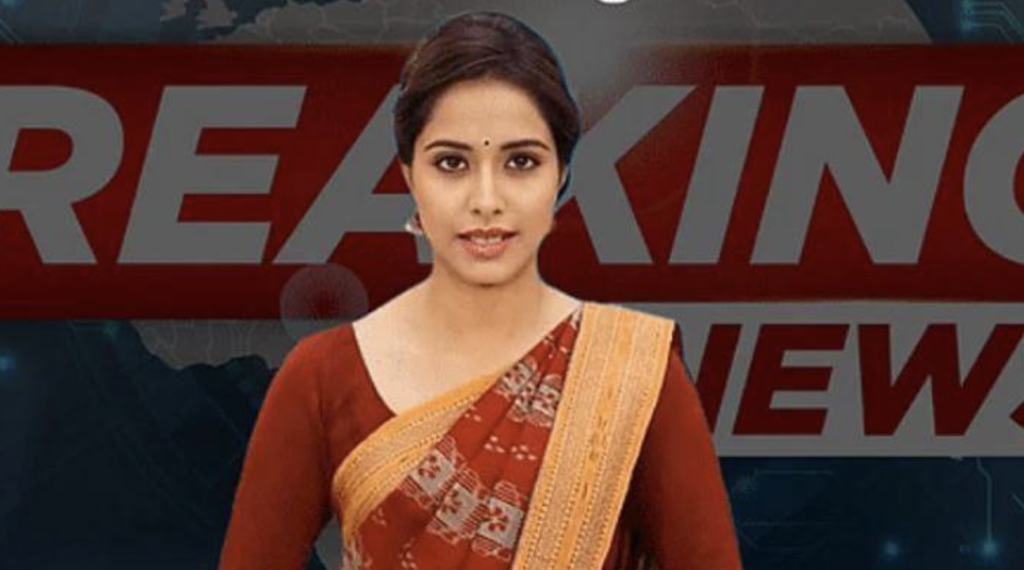
The recent debut of Lisa, the AI news anchor, in Bhubaneswar by OTV is not merely a local event; it’s a significant indicator of the future of news in India. This development signals a transformative period for Indian media, where artificial intelligence is set to play an increasingly central role in how news is gathered, produced, and disseminated.
Lisa’s ability to deliver news in both Odia and English exemplifies a pragmatic approach to leveraging AI for broader linguistic reach and efficient content delivery, positioning India as a key player in the global adoption of AI in media .
Shaping the Media Anchor Ecosystem:
- Enhanced Personalization: In the future, AI news anchors could be customized to deliver news tailored to individual viewer preferences, languages, and even local dialects, offering a highly personalized news consumption experience. This level of customization could significantly boost viewer engagement.
- Focus on In-depth Journalism: With AI handling routine news bulletins, human journalists can reallocate their efforts towards more complex and investigative reporting, producing high-quality, analytical content that adds significant value. This rebalancing could elevate the overall standard of journalism in India.
- Technological Integration: The adoption of AI anchors will accelerate the integration of other advanced technologies in newsrooms, such as data analytics for trending topics, automated content verification, and AI-powered video editing. This comprehensive technological integration will make news production faster and more dynamic.
Conclusion: Journalism at a Crossroads
Lisa’s unveiling is a milestone in Indian broadcast history—a sign that the future of media will blend human storytelling with digital efficiency. Newsrooms should embrace this evolution, retrain teams for new roles, and maintain high standards of journalism. For viewers, the main takeaway is choice and accessibility.
Are human anchors in danger? Not yet. But the news industry is changing rapidly, and adaptability will define who shapes the next era of information.
If you want to see the latest in tech and cultural trends, follow our blog for more insightful takes on the future of media!
